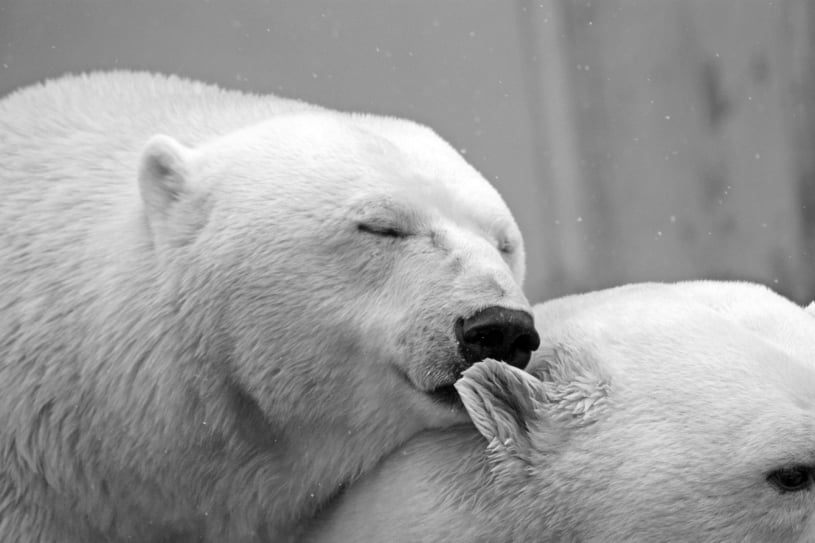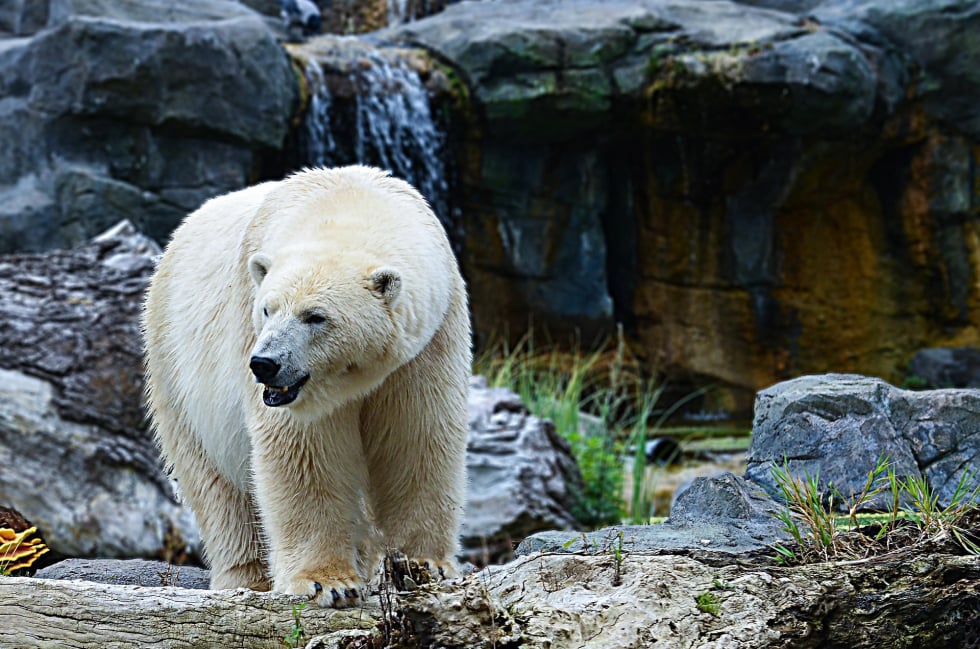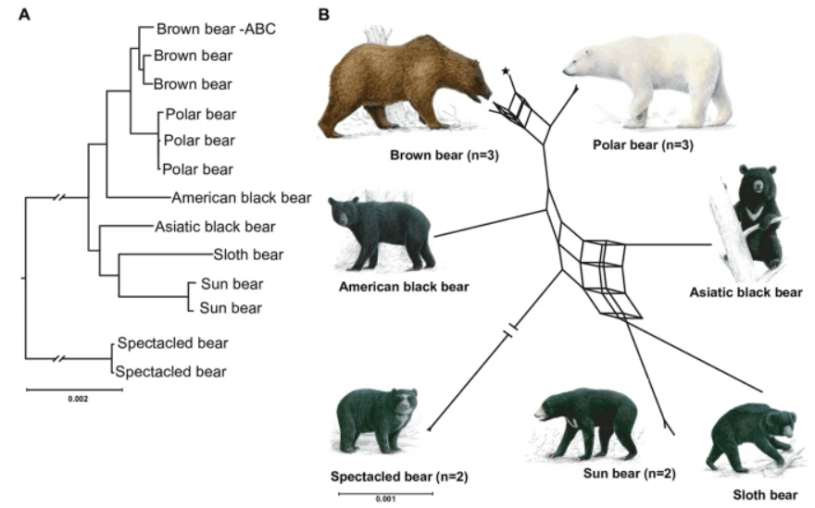Theoretical Background
Evolution means living things slowly change over a very long time. Every group of animals has slight differences between individuals. For example, not all bears are exactly the same. Some are bigger, some have thicker fur, some are better at swimming. Polar bears are a great example for evaluation where their ancestors had different traits, but those with white fur, thick fat, and big paws survived best in the cold Arctic. Over thousands of years, these traits became common, and the polar bear evolved to live in icy, snowy environments.
These changes help the animals or plants survive better. This happens because of something called natural selection. That means the ones that are stronger or better suited for their environment have a better chance to stay alive, find food, and have babies. Their babies often get the same helpful traits, like being faster, blending in better, or not getting sick as easily. Over time, more and more animals or plants in that group will have these traits, and they become common.
Some traits are helpful because of things called selective pressures. These are things that make life harder, like hungry predators, freezing weather, or not enough food. These challenges push animals to change over time. If animals can’t adapt quickly enough, they might die. But if they have traits that help them survive, they can live longer and have babies that also get those helpful traits..


